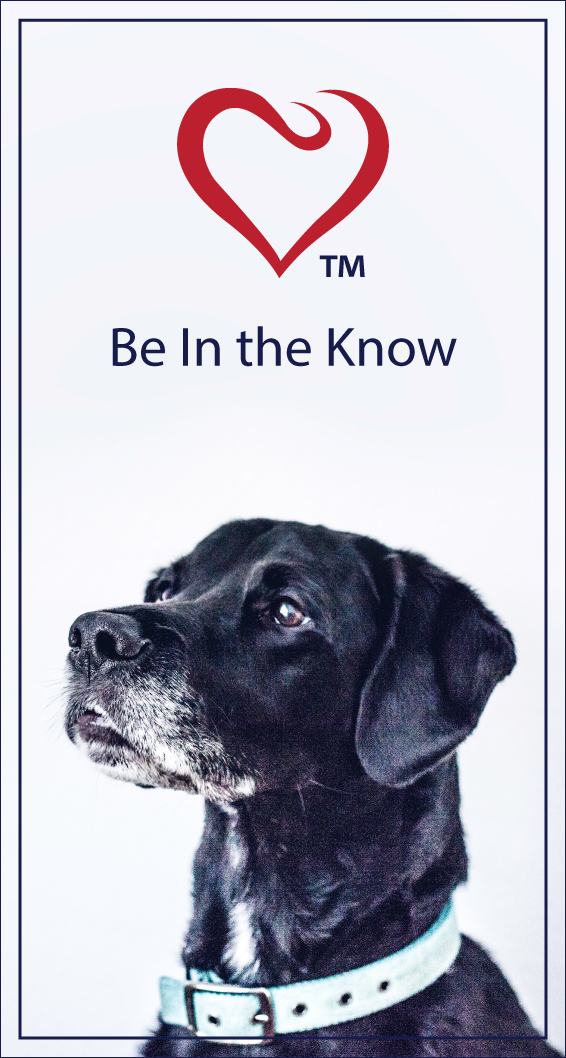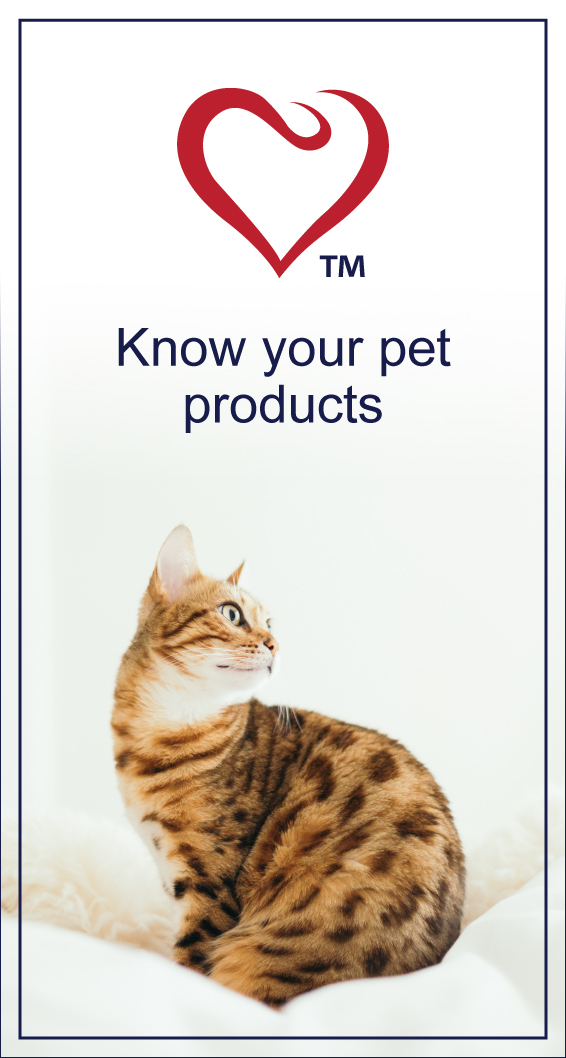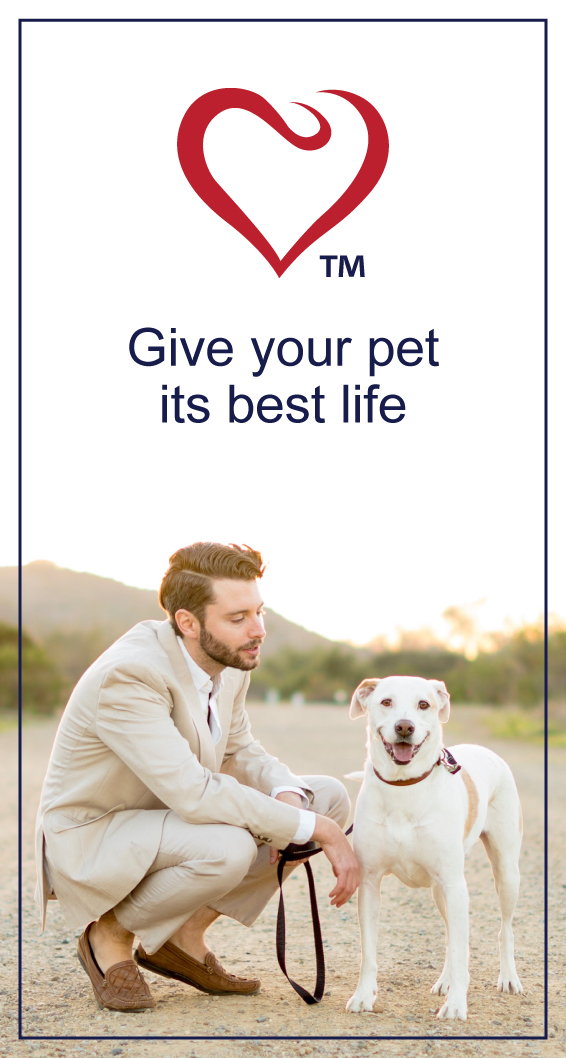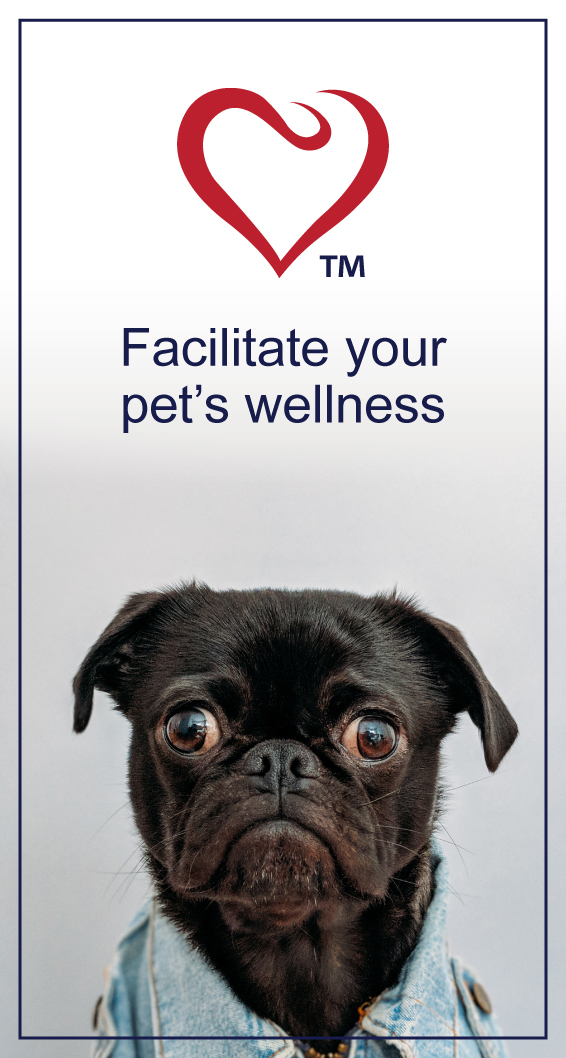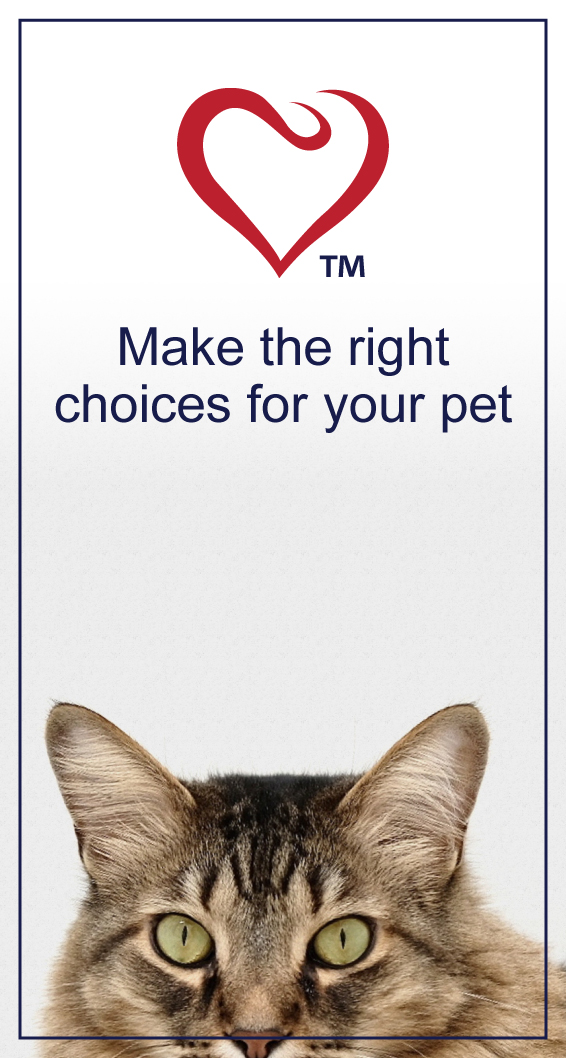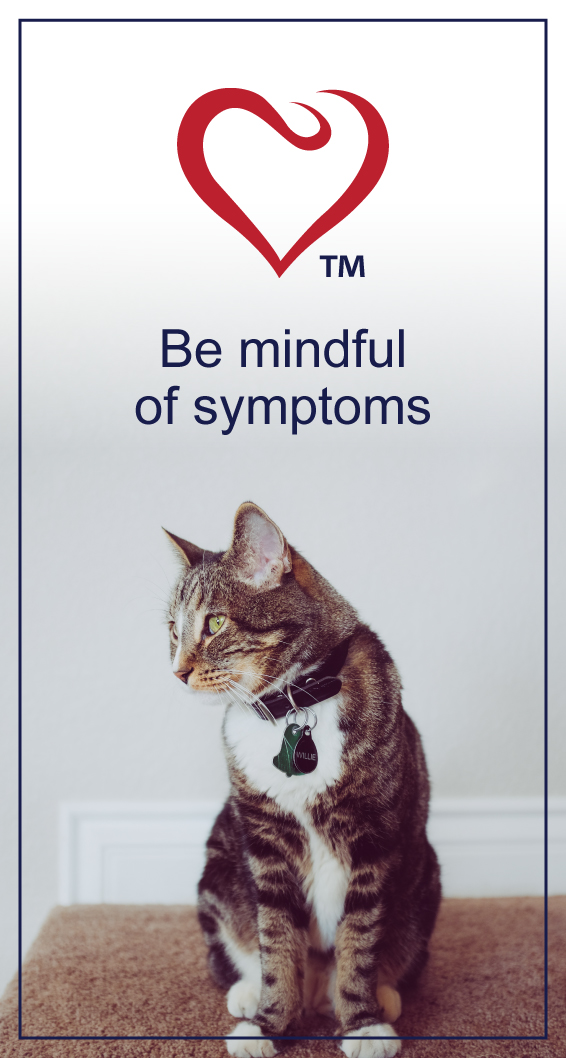
TRENDING
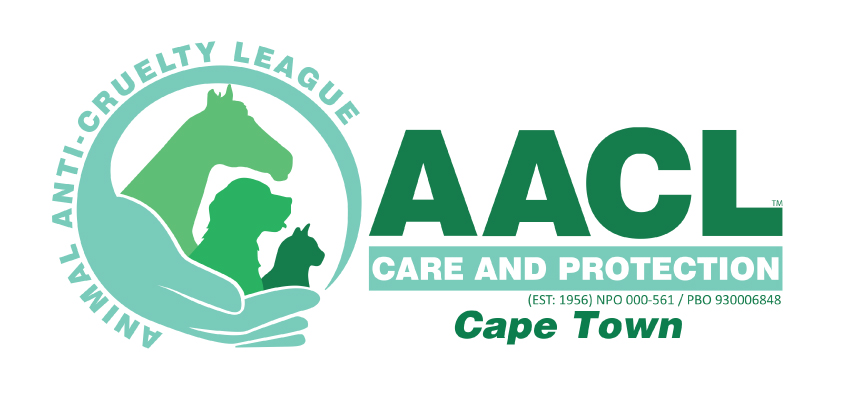
We’re excited and honoured to feature South Africa’s second largest independent animal welfare organisation on PetlifeSA.
Spirocerca Lupi Worm: A Potential Killer
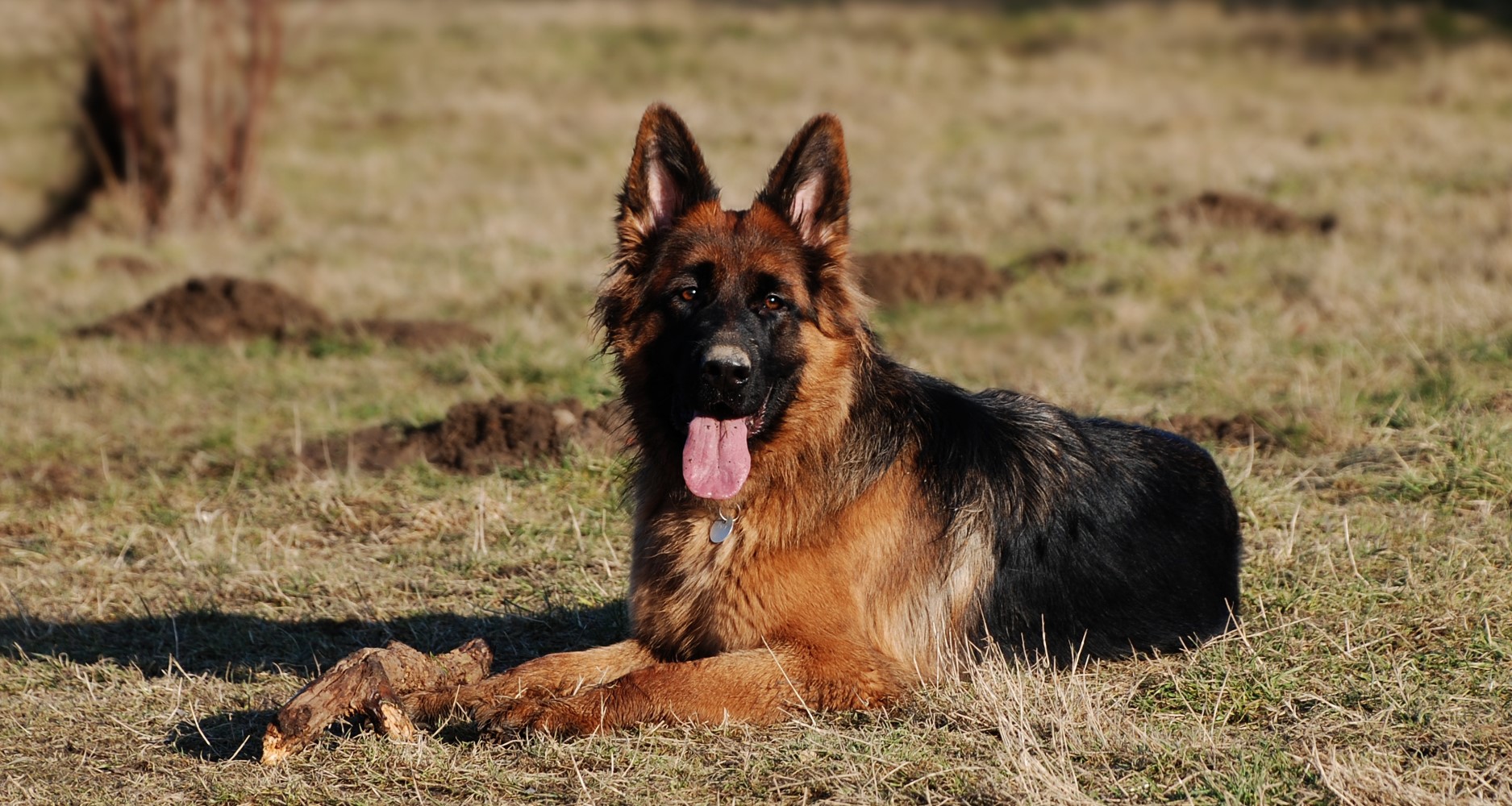
There’s a silent parasitic killer out there by the name of spirocerca lupi.
This little-known type of roundworm makes its home in the oesophagus (food pipe) of dogs where it forms granulomas (nodules) that can turn into cancerous growths.
The result is spirocercosis (spirocerca lupi infection), a life-threatening disease of the intestinal, respiratory and circulatory system.
Spirocerca Lupi Life Cycle
- Worm eggs laid in the oesophagus are swallowed by dogs and passed in faeces.
- Eggs are ingested by a dung beetle while it gathers and rolls the infected faeces.
- In time, eggs hatch into larvae which mature and become infective inside the beetle.
- A dog eats the beetle and becomes infected with larvae that travels to the aorta.
- Here they pass through the aorta wall into that of the oesophagus, forming granulomas.
- Inside these granulomas, worms mature and lay eggs, repeating the cycle.
Adult Worm Characteristic: Bright red, 40 mm (male) to 70 mm (female) long.
Other hosts known to ingest these typically small dung beetles (about 6 mm) include birds, mice, rats, frogs and lizards.
Signs of Spirocercosis
As granulomas grow to accommodate growing worms, they can put pressure on the windpipe and aorta and cause esophageal blockage. Possible signs of infection include:
- Coughing
- Wheezing
- Breathing problems
- Swallowing problems
- Vomiting shortly after eating
Later the granuloma can become cancerous. The other risk associated with infection is an aneurysm which may or may not rupture. Aneurysms form when the wall of the aorta is weakened through damage done by the worm. If an aneurysm bursts or ruptures, it can lead to severe bleeding and death in minutes.
Diagnosing Spirocercosis
Spirocerca lupi eggs in stools, X-rays revealing a granuloma and an oesophagoscopy can be used to diagnose the disease.
Diagnosis seldom occurs before clinical signs develop which makes treatment very difficult.
Treating Spirocercosis
Some remedies may help, but not all breeds tolerate them. In most cases, once the disease is eventually detected, available treatment may not be effective.
In advanced stages, a veterinarian may only be able to prescribe treatment to offer comfort.
Preventing Spirocercosis
Recommended preventative measures:
- Avoid feeding raw meat
- Maintain good hygiene at all times
- Regularly remove and dispose of faeces
- Prevent dogs from eating possible intermediate hosts
What Dog Parents Should Know
The number of incidents are increasing. One speculated cause is the gradual increase in urban decay and unsanitary conditions in certain areas.
There are dewormers that can prevent Spirocercosis, so if the person lives in a high risk area then they should consult their vet to get monthly preventative dewormers.
